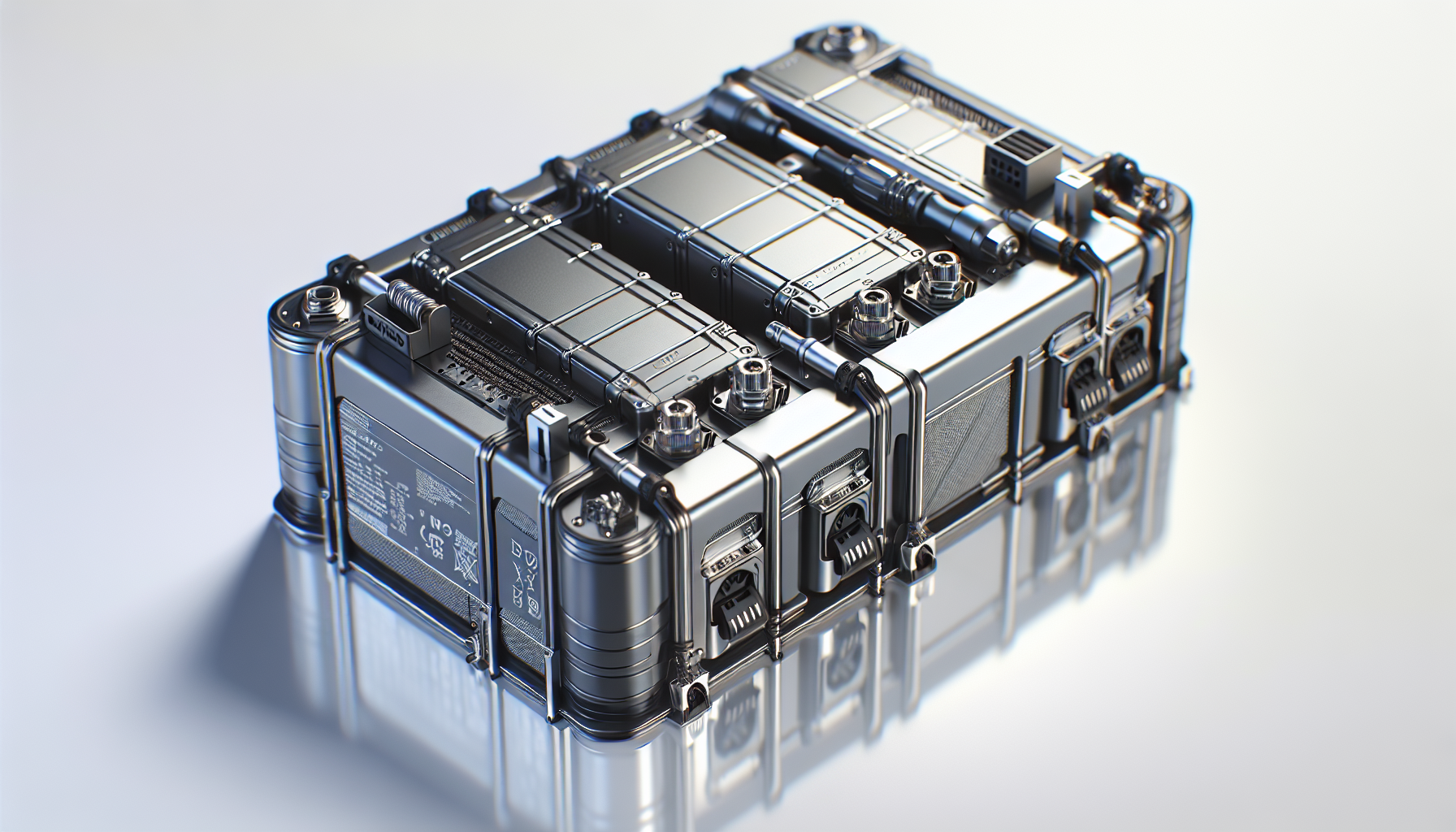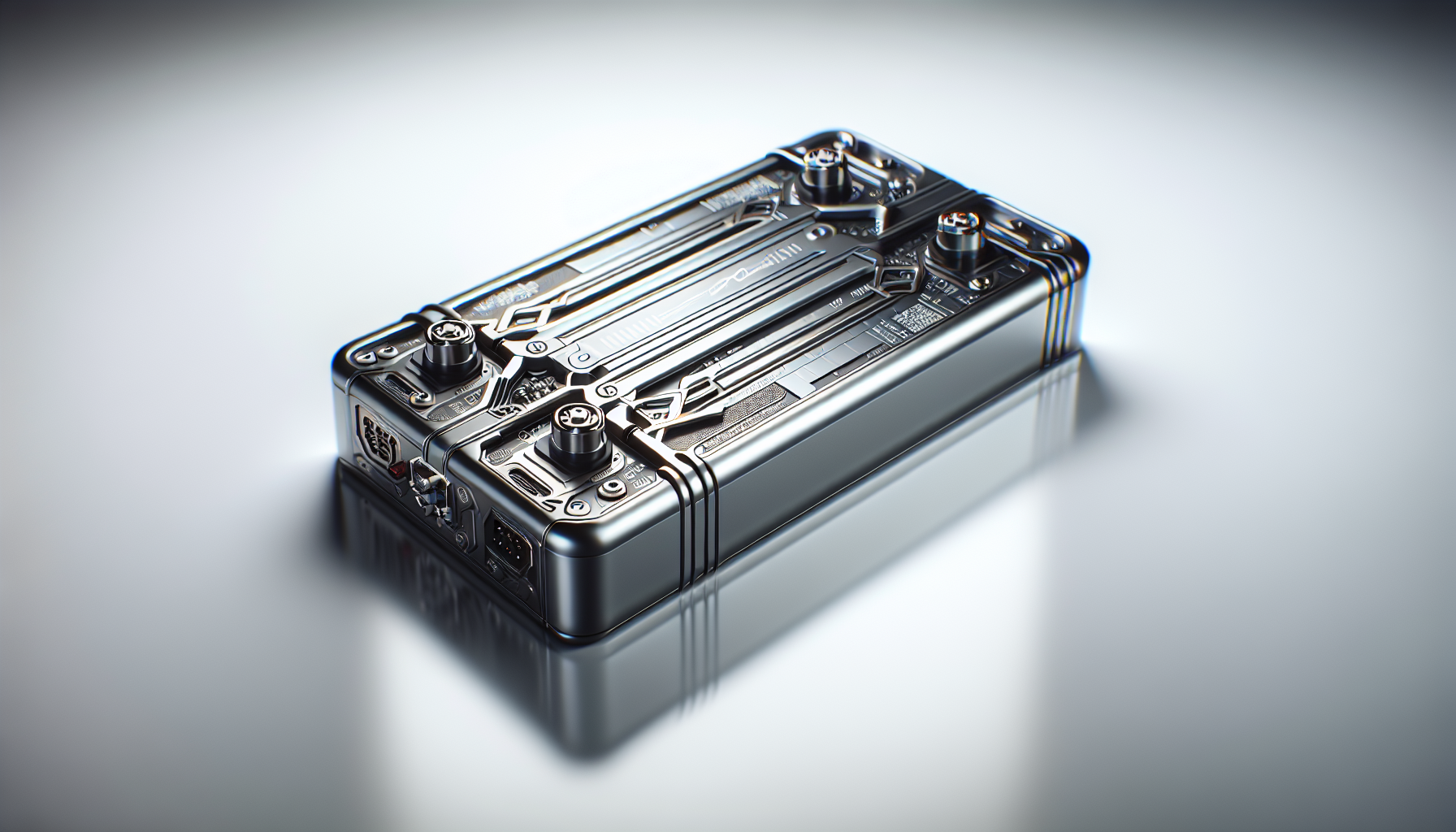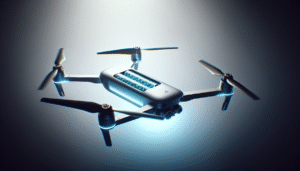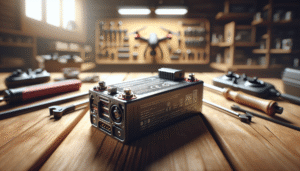Have you ever found yourself puzzled by the specs on a drone battery? I mean, I recently did, and it felt like trying to interpret a foreign language. There I was, just trying to get my drone up in the air for some weekend fun, only to be halted by terms like voltage, discharge, and capacity. At this point, I had two choices: let my curiosity fly or allow my drone to collect dust. Needless to say, my curiosity won.

Understanding Drone Battery Basics
Before diving into the nitty-gritty of voltage, discharge, and capacity, it’s essential to cover some battery basics first. When you think about it, the battery is the heart of your drone. It supplies the power needed to keep it airborne, and understanding its specifications is crucial to ensure you’re using it to its full potential. And let’s be honest, knowing your battery specs saves you from those unexpected mid-air surprises!
What Are Drone Batteries Made Of?
Most drones on the market use Lithium Polymer (LiPo) batteries. These little powerhouses are popular mainly due to their high energy density and lightweight nature. Think of LiPo batteries as the secret sauce that gives your drone the power and agility it needs, without weighing it down like a sack of potatoes.
While LiPo batteries are quite remarkable, they require proper handling. They’re highly flammable, and overcharging or puncturing them can lead to catastrophic results. Handling them with care is crucial and respecting their volatile nature is key to a safe and long-lasting battery life.
Why Do Drone Battery Specifications Matter?
You might be asking, why all the fuss about drone battery specifications in the first place? Well, think about it this way: Would you take a road trip in a car without checking its fuel efficiency or engine condition? Probably not. The same logic applies to your drone. Understanding battery specs helps you gauge flight time, performance, and ultimately, the lifespan of your drone.
The slightest misunderstanding or oversight can lead to reduced performance, shorter flights, or worst-case scenarios like potential damage to your drone. It’s all about maximizing your drone’s capabilities while ensuring safety.
Voltage: The Lifeblood of Drone Power
Voltage in drone batteries can be likened to the blood pressure in our bodies. It indicates the potential energy per unit charge. Too low, and your drone won’t have the power to lift off, too high, and you risk damaging both the battery and the drone. It’s a delicate balance that requires understanding and precise handling.
Understanding Voltage Ratings
Each cell in a LiPo battery typically provides around 3.7 volts. When you see a battery specification like 11.1V, it means it comprises three cells in series:
| Number of Cells (S) | Voltage (V) |
|---|---|
| 1S | 3.7V |
| 2S | 7.4V |
| 3S | 11.1V |
| 4S | 14.8V |
As you can see, the more cells there are in a battery, the higher the voltage. A higher voltage can result in a more powerful motor thrust, leading to faster speeds and better performance, much like adding a turbocharger to an engine. However, it’s crucial that you ensure your drone is compatible with the voltage level of your battery to prevent damage.
Choosing the Right Voltage for Your Drone
Choosing the right battery voltage depends heavily on your drone’s specifications and what you plan to use it for. For casual flyers, lower voltages are typically sufficient. However, if you’re into high-speed racing or carrying heavier loads, a higher voltage may be more appropriate. In essence, be sure to match the battery voltage to your drone’s needs—this will ensure better performance and longevity.

Discharge Rate: The Flow of Energy
If we continue with the health analogy, the discharge rate of a LiPo battery is like determining your stamina. It measures how much current (in Amperes) a battery can provide, and how fast the energy can be drawn from it.
What Is C-Rating?
The discharge rate is often noted with a C-rating. This rating is the value that tells you how many times over the battery can safely discharge its capacity in one hour. For example, a battery with a 20C rating can discharge at a rate 20 times its capacity.
| Battery Capacity (Ah) | Discharge Rate (C) | Max Current Discharge (A) |
|---|---|---|
| 1 Ah | 20 C | 20 A |
| 1.5 Ah | 30 C | 45 A |
| 2 Ah | 25 C | 50 A |
Balancing Discharge and Battery Performance
Higher C-rates often mean more weight, and this can impact the overall performance of your drone. Choosing the right C-rate involves a trade-off between performance and weight. Essentially, it boils down to analyzing your flight objectives—do you need prolonged flight times or short, powerful bursts of speed and agility? That’s the ultimate question to consider when choosing a battery with the right C-rating.
Capacity: The Heart of Flight Time
Capacity is a straightforward but critical aspect of drone battery specs. It’s akin to your lung capacity, dictating how long your drone can sustain flight on a single charge.
Measuring Battery Capacity
Last measures in milliamp hours (mAh), the capacity of a battery tells you how much ‘juice’ it can store, which directly translates to flight time. Larger mAh values usually mean longer flight times, as they allow the battery to store more energy.
Choosing a suitable capacity depends on drone type and intended use. While it’s tempting to go for the longest flight time possible, remember that batteries with larger capacities are typically heavier, which could strain the drone and compromise performance.
Optimizing Drone Flight for Better Battery Usage
To get the most out of your drone’s battery life:
- Regularly calibrate your drone and battery: Just like how we occasionally need a good dose of caffeine to perk us up, your drone requires regular calibration to ensure efficient power usage.
- Avoid flying in extreme temperatures: Much like how we prefer lounging indoors when it’s scorching or freezing outside, your drone’s battery performs best in mild conditions.
- Store batteries properly: Keep them in a cool, dry place and at about a 50% charge when not in use for extended periods.
Putting It All Together
In the fascinating world of drones, understanding battery specs is akin to mastering the art of piloting itself. The trifecta of voltage, discharge rate, and capacity can transform your drone from a mere gadget into an extraordinary aerial companion. Balancing these specifications according to your needs is key to unlocking optimal flight experiences.
Practical Example: Choosing the Right Battery for Different Drones
For instance, if you have a lightweight drone primarily used for casual photography, a battery with a lower C-rating and moderate capacity might be perfect. On the other hand, if you’re racing drones where power and speed are priorities, you’d benefit from a higher voltage and discharge rate.
In the end, it’s all about matching the battery specs to your drone’s specific requirements and your intended usage. By doing so, you’re not only extending the life of your drone but also enhancing the overall flying experience.
Final Thoughts
Just like developing any new skill, understanding drone battery specs can feel daunting at first. Yet, once you grasp the basics of voltage, discharge, and capacity, you’ll find yourself flying with greater confidence and ease. Just as I discovered, equipping yourself with such knowledge adds another layer of joy to drone flying, elevating it from a mere hobby to an enlightening aerial journey.
So next time you’re about to launch your drone, you’ll find yourself armed with newfound knowledge, ready to reconnect with the skies above. Now, if you’ll excuse me, I have a drone waiting impatiently to take flight!


